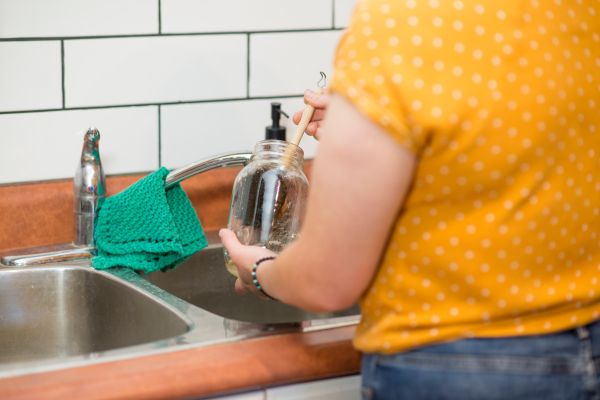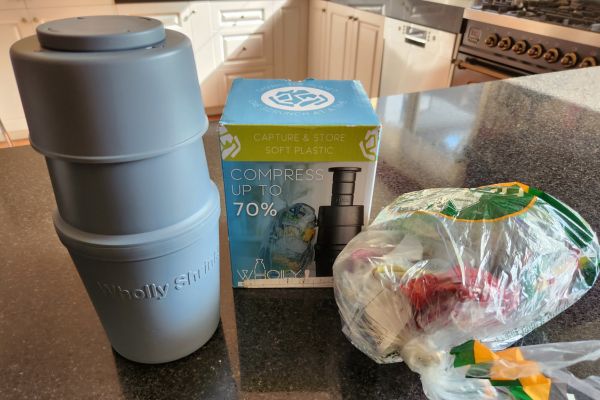GETTING FAMILIAR WITH SOME COMMON RULES
In this lesson, I will explain some of the common rules that most curbside recycling services have. There are always outliers, so it’s possible you may have some slightly different rules where you live. For example, we mentioned in Lesson 4 that some locations in New York City specifically request that homeowners put their recyclables into plastic bags. However, this is a real no-no for most other locations and causes issues at the plant. This is why we concentrated on your own local rules in Lesson 2 to ensure you understand where to find your information.
Below is a list of common rules for the majority of curbside collection services:
Leave items loose and don’t bag your recyclables
Leave your recycling loose and do not put it into plastic bags unless specifically requested by your local authority.

Rinse your recyclables
Keep your recyclables free from food residue. Your recyclables don’t have to be squeaky clean, just use your best judgment. If it’s a jar of peanut butter, for example, you might want to give it a bit more of a wash, maybe even put it in the dishwasher if there is space. If it’s a milk bottle, then you can simply empty it out and give it a quick rinse.
Here are some examples to help you out.
- Empty liquid from glass or plastic bottles. Note: If the substance in the bottle is labeled hazardous, then seek out information for disposal of hazardous substances with your local authority.
- Remove any solids from jars or tubs.
- If the material is particularly sticky or pasty, then give it a bit more of a clean, maybe even put it through the dishwasher.
Avoid wishcycling
I admit to being an ex-wish-cycler myself. I was guilty of putting many things into my recycling bin, hoping they would get recycled. I now know the damage that it was likely causing. It would have contaminated the recyclables, created extra work at the facility, and maybe even caused safety issues at the recycling plant. I now obey the rules, even if they aren’t always how I think they should be.
It’s also important to know that putting an item into the general trash bin is okay if you’re not sure it can be recycled. Sometimes it’s better to send something to landfill than contaminate all the good recyclables.
Before you do, though, be sure to look up the item and see if a specialist recycling program is available. You might find a drop-off or take-back program available nearby. You can find many of these programs in our blog.
Check the size of items
The rule of thumb for most curbside recycling services is anything smaller than a credit card cannot be processed. This is one of the reasons many services don’t accept lids and caps, however, it’s important to check your local rules as many now accept them back on the bottle. See more down further in this email.
Large items can also cause issues, but most don’t belong in your curbside bin anyway. Refer to the list of contamination items from Lesson 4. If you have a large cardboard box, then you can tear it up into smaller pieces.
Flattening Cardboard
Flattening your cardboard boxes is encouraged. Not only does this help to make room in the recycling container, but it also saves space in the collection trucks and improves the sorting processes at the plant.
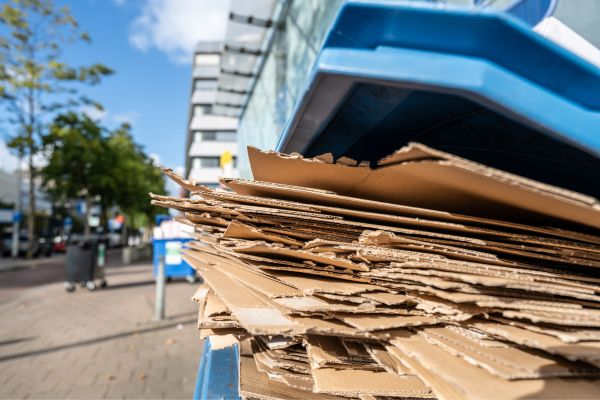
Crushing your aluminum cans and plastic bottles
It seems crushing your aluminum cans would be a good thing to make more space. However, it’s not as simple. At some recycling plants, the sorting machinery relies on the shape of a can or a bottle to identify it. This is one rule that you must check with your local service.
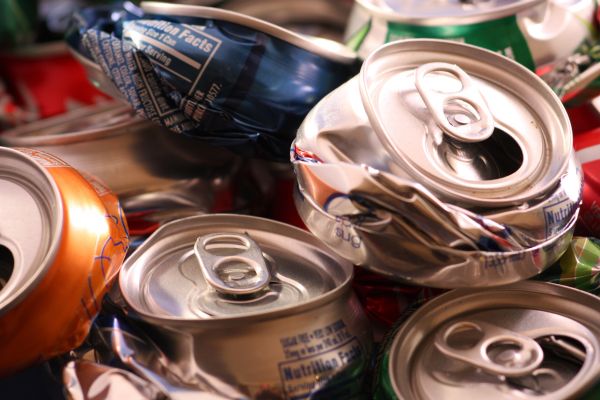
Leaving lids on or off
Lids are another one of those tricky items. Here are the basic rules:
Plastic lids
There are two main options for plastic lids; depending on your local recycling facility. Your rules will either be to:
- Replace the plastic lids or caps onto the bottle before placing them into your curbside recycling bin.
- Leave the lid off the bottle and either place it in the general waste bin or find another recycling service that accepts them.
Metal lids
- If the lid is from a jar and is big enough, it can usually be placed in the recycling bin separately.
- You can collect beer caps or similar small metal caps and take them to your local scrap metal yard.
Check our latest blog article for more information, and be sure to look over the rules on lids and caps on your checklist from Lesson 2.
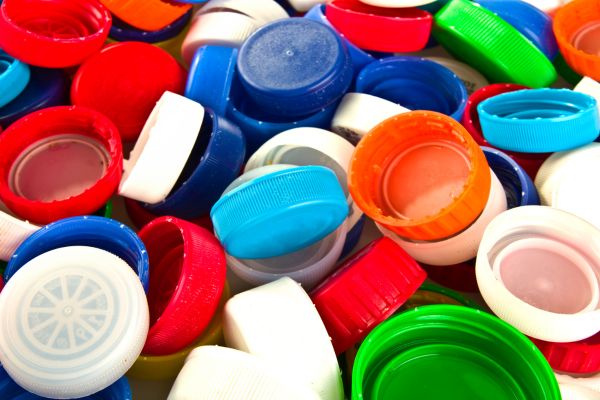
TASK
Review your checklist and ensure you understand what your local rules say about lids, and whether you should flatten your bottles or crush your cans.
SUGGESTED READING
- Can you recycle bottle caps?
- Are you wish cycling? 5 ways to help you break your habit
- How to recycle: a quick guide
- Top 10 mistakes to avoid when recycling
Specialist recycling ideas
I’m excited about the next lesson as we will be looking at how to recycle glass.
Let’s conquer recycling together.
You can jump to any of the other lessons below:
- Conquer Curbside Recycling Challenge Page
- Lesson 1 – WHAT IS RECYCLING AND WHY IS IT IMPORTANT
- Lesson 2 – FINDING YOUR RECYCLING RULES
- Lesson 3 – RECYCLING CODES AND SYMBOLS
- Lesson 4 – REDUCING CURBSIDE RECYCLING CONTAMINATION
- Lesson 5 – GETTING FAMILIAR WITH SOME COMMON RULES
- Lesson 6 – RECYCLING GLASS IN CURBSIDE BINS
- Lesson 7 – RECYCLING PAPER IN CURBSIDE BINS
- Lesson 8 – RECYCLING METAL IN CURBSIDE BINS
- Lesson 9 – RECYCLING PLASTIC IN CURBSIDE BINS
- Lesson 10 – RECYCLING CURBSIDE BINS OVERVIEW
If you liked this challenge, then you are definitely going to like my book “Recycling for dummies”. It has 384 pages filled with knowledgeable and actionable content for you to become a better recycler. Find out more here.



